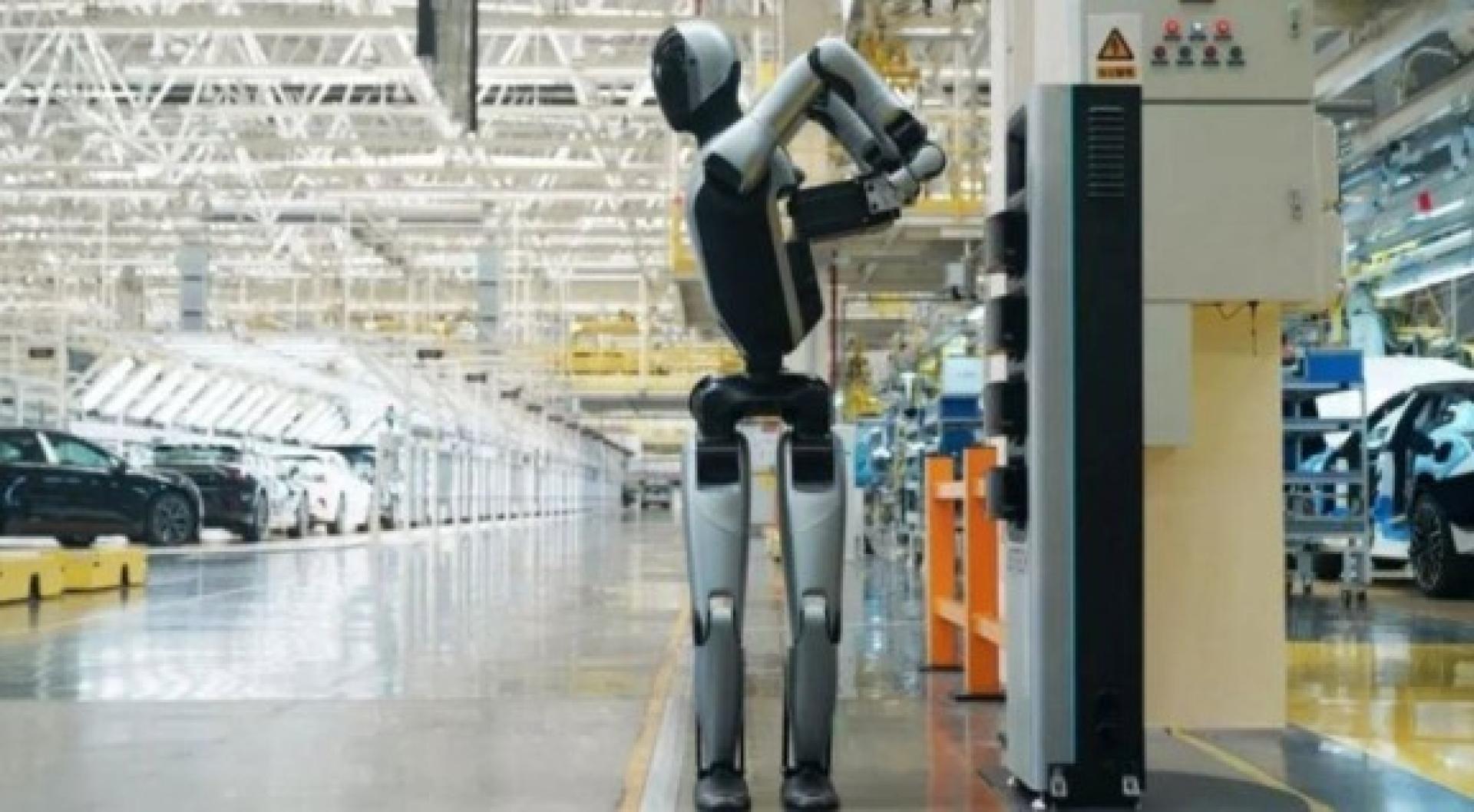(Shenzhen, 20th) The development of humanoid robots in China is advancing rapidly. The Shenzhen-headquartered robotics company UBTECH recently released a video showcasing its latest generation industrial humanoid robot, Walker S2, which can autonomously swap its own battery within 3 minutes, without the need for human intervention or powering down. This technology endows Walker S2 with the capability to work continuously around the clock.
The video shows the humanoid robot walking towards a rack equipped with batteries in a factory, deftly using both hands to remove the depleted battery from its back, then retrieving a new battery from the rack and skillfully inserting it into its own “body”. The entire battery-swapping process is smooth and quick.
According to Shenzhen Special Zone Daily, Walker S2 is equipped with the world’s first humanoid robot “hot-swappable autonomous battery replacement system.” This system features three major highlights: an original dual-battery power balancing technology, standardized quick-change battery compartment technology, and dual-arm collaborative precision battery replacement technology.
This technology allows the robot to autonomously complete battery replacement without shutting down or human intervention. On one hand, it avoids task interruptions caused by downtime for charging, granting the robot continuous operation capabilities; on the other hand, autonomous battery swapping reduces labor maintenance costs and enhances overall production efficiency.
The video shows the humanoid robot walking towards a rack equipped with batteries in a factory, deftly using both hands to remove the depleted battery from its back, then retrieving a new battery from the rack and skillfully inserting it into its own “body”. The entire battery-swapping process is smooth and quick.
According to Shenzhen Special Zone Daily, Walker S2 is equipped with the world’s first humanoid robot “hot-swappable autonomous battery replacement system.” This system features three major highlights: an original dual-battery power balancing technology, standardized quick-change battery compartment technology, and dual-arm collaborative precision battery replacement technology.
This technology allows the robot to autonomously complete battery replacement without shutting down or human intervention. On one hand, it avoids task interruptions caused by downtime for charging, granting the robot continuous operation capabilities; on the other hand, autonomous battery swapping reduces labor maintenance costs and enhances overall production efficiency.
